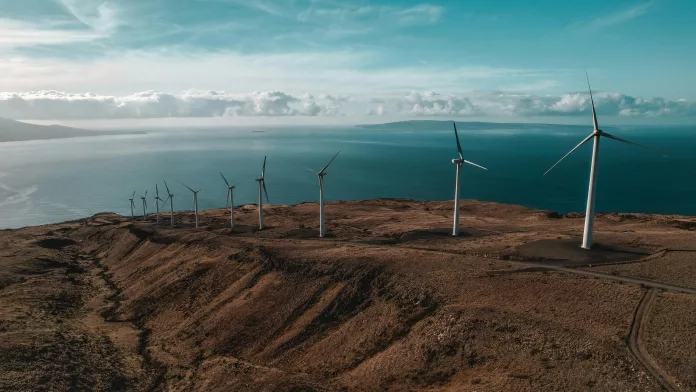The fight against global emissions is becoming increasingly reliant on the adoption of clean energy sources like electric vehicles (EVs), solar panels, wind turbines, and nuclear power. A recent analysis from the International Energy Agency (IEA) has provided us with a vital insight: without these clean energy alternatives, the rise in global emissions over the last five years would have tripled.
Key insights were drawn from the IEA’s annual research on energy-related CO2 emissions and their brand-new publication, the Clean Energy Market Monitor. The latter is particularly engaging as it offers a fresh, up-to-date overview of clean energy deployment and its effects on the energy landscape.
Emissions Increase Slowed Down Due to Renewables in 2023
In 2023, we had a mixed bag when it came to greenhouse gas emissions. On a positive note, the increase in these emissions slowed down compared to the previous year, much thanks to clean energy advancements. Despite accelerating energy demand growth, the damage was mitigated significantly by emerging clean technologies.
However, we still witnessed a worrisome jump in emissions by over 400 million tonnes, hitting an unprecedented peak. Interestingly, a drastic decrease in hydropower, brought on by severe droughts in key geographic areas, was responsible for a large chunk of the emission rise last year. In fact, without such a hydropower deficit, emissions from electricity generation might have retreated, painting an entirely different picture for 2023.
Notably, advanced economies showed an encouraging trend with their lowest emissions in half a century, despite economic growth. A mix of new renewable energy sources, shifts from coal to natural gas, better energy efficiency, and reduced industrial output can be credited for this remarkable achievement.
Clean Energy’s Five-Year Influence
Diving deeper into the last half-decade, it’s clear that clean energy’s growth has outpaced that of fossil fuels. This colossal stride in clean energy has naturally held back the fossil fuel demand, spearheading a shift this decade is bound to capitalize on.
The contribution of wind and solar alone has been so significant that it’s equivalent to negating the coal energy use of India and Indonesia combined. Additionally, the proliferation of EVs has been nothing short of impressive, occupying one in every five car sales and effectively stopping oil demand from overshooting pre-pandemic levels.
IEA executive director Fatih Birol highlighted the resilience of the clean energy transition amidst a variety of global challenges, from pandemics to energy crises and geopolitical disruptions. According to Birol, rather than causing setbacks, these challenges have shown the enduring strength of efforts to create sustainable and secure energy systems, emphasizing the surprising resilience of the transition towards clean energy.
These reports underscore the importance of the continued development and implementation of clean energy technologies. As they become more deeply integrated into the global energy system, they provide not only environmental benefits but also contribute to the increased energy security and economic resilience of nations deploying them.

























